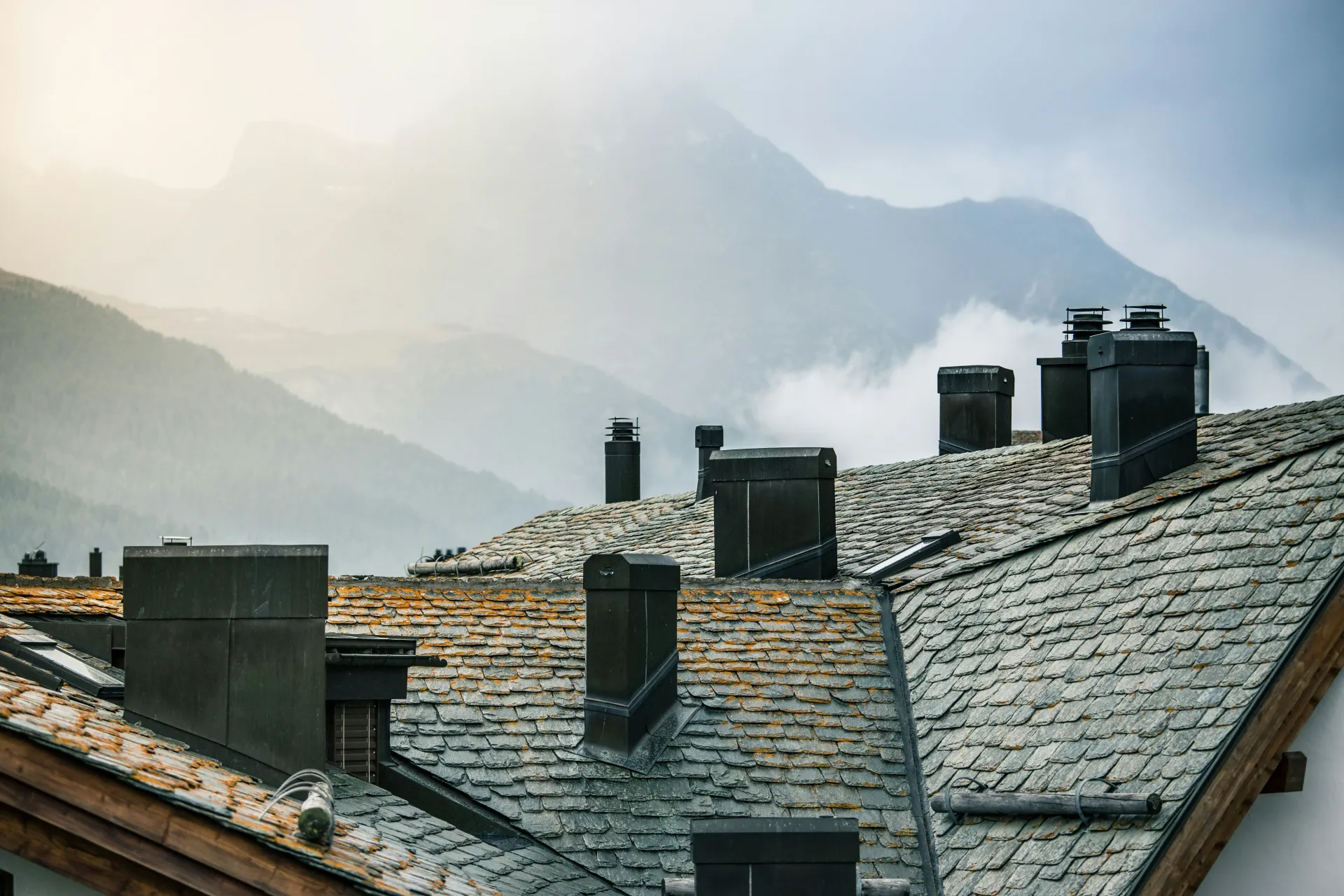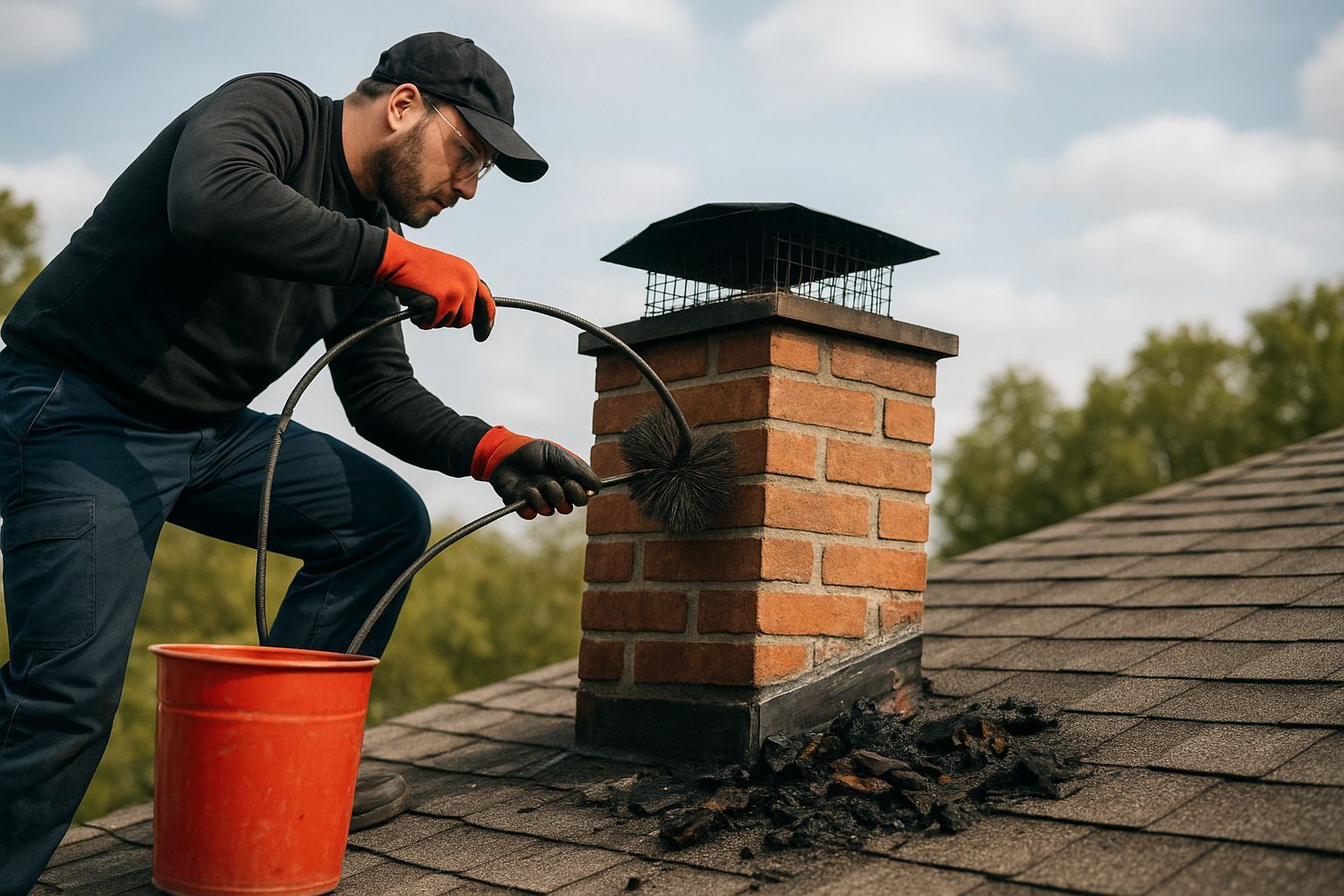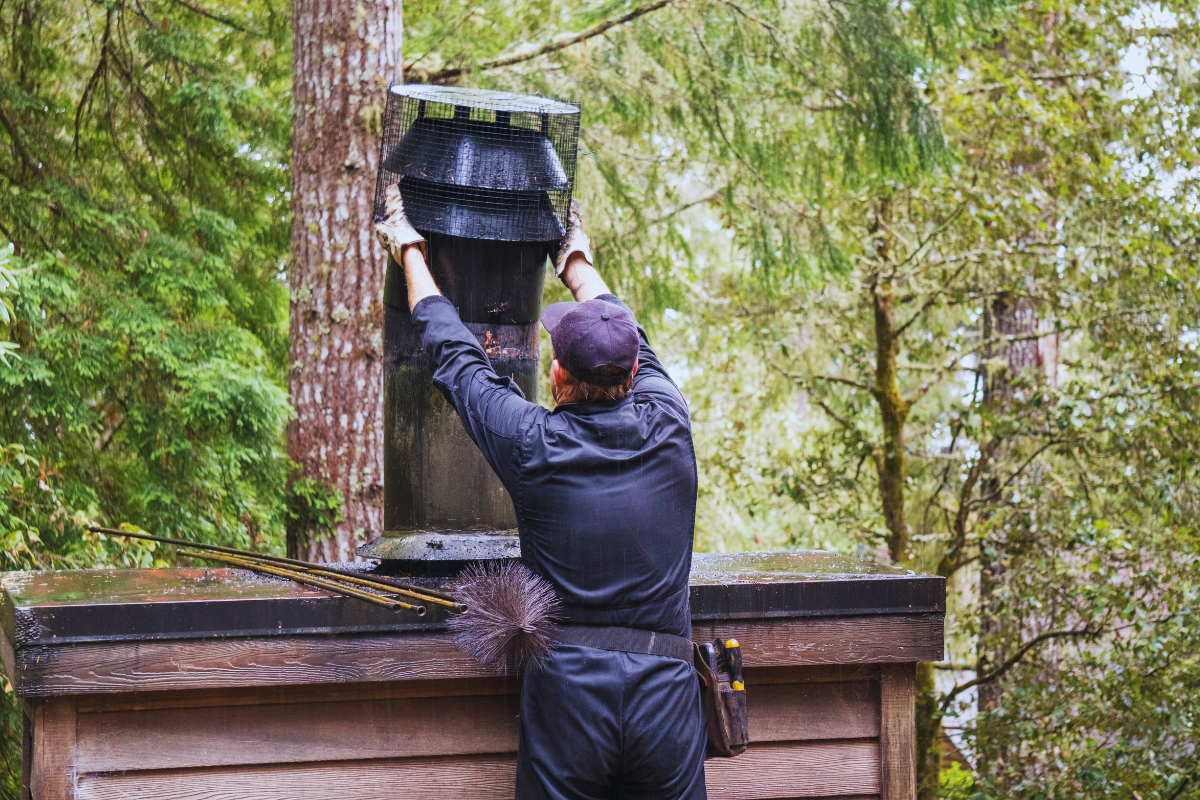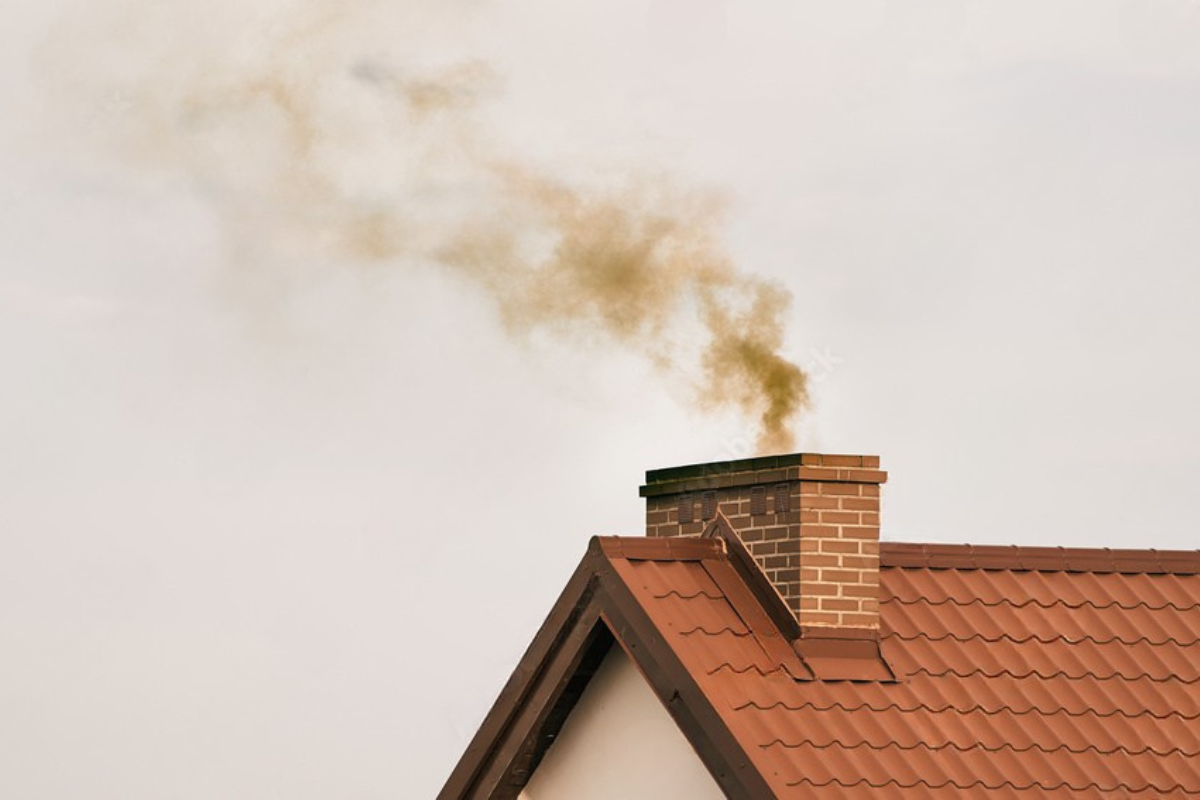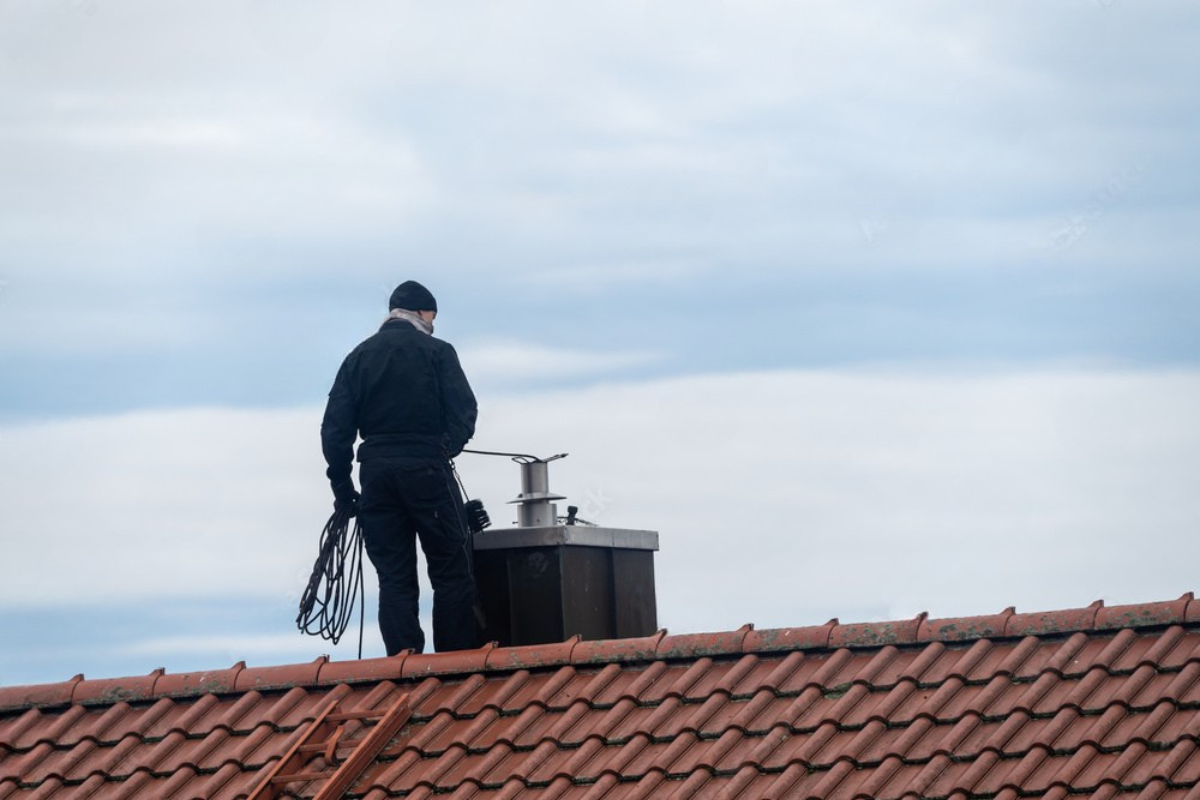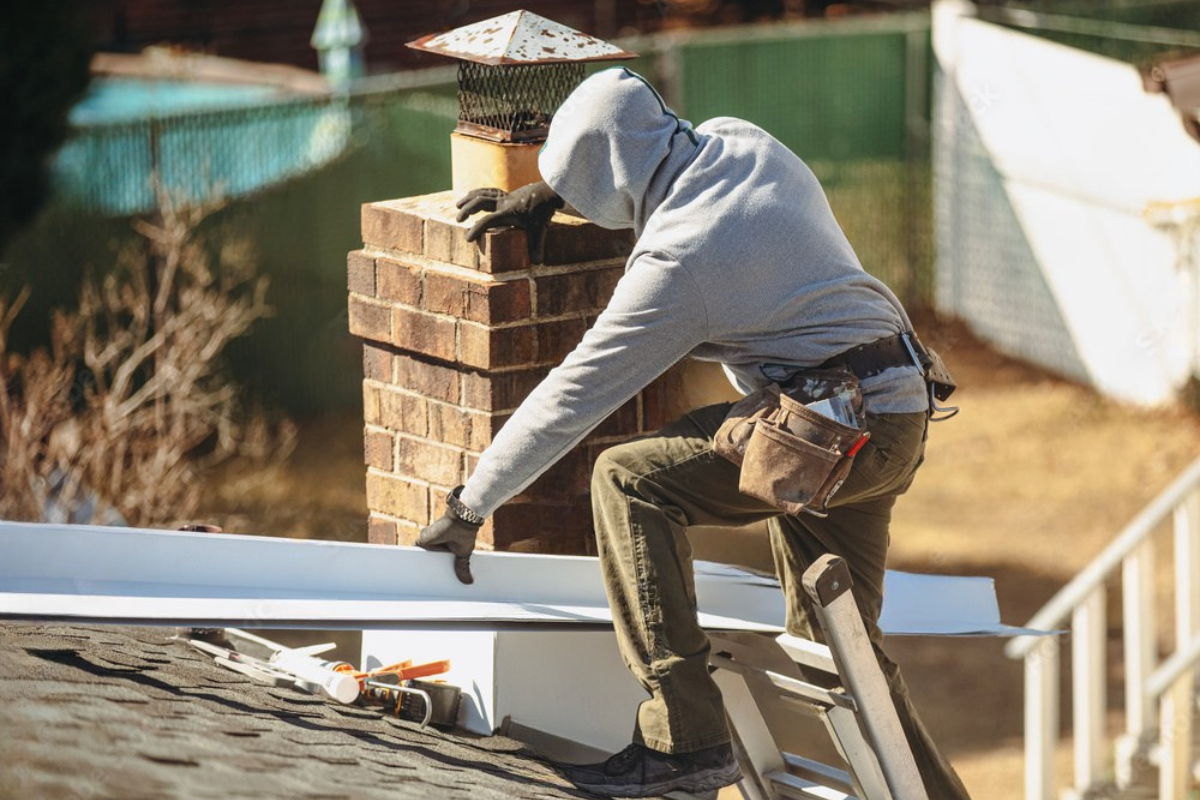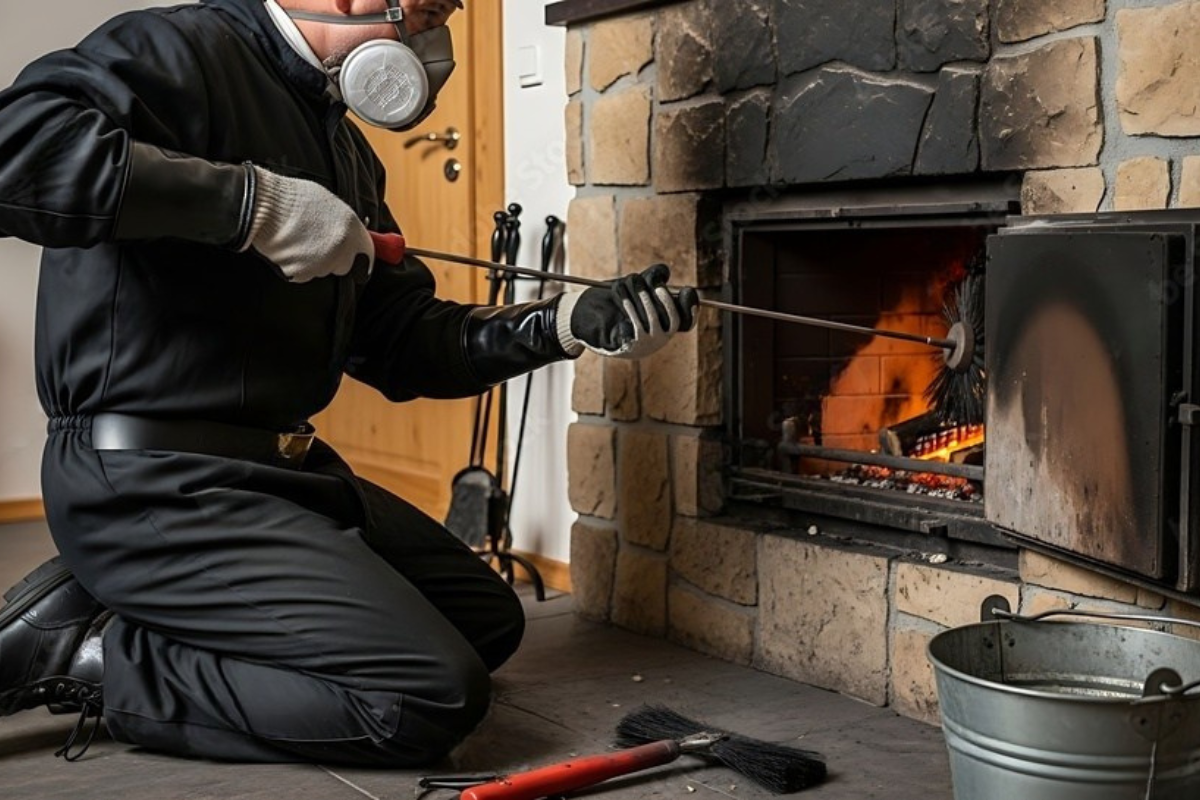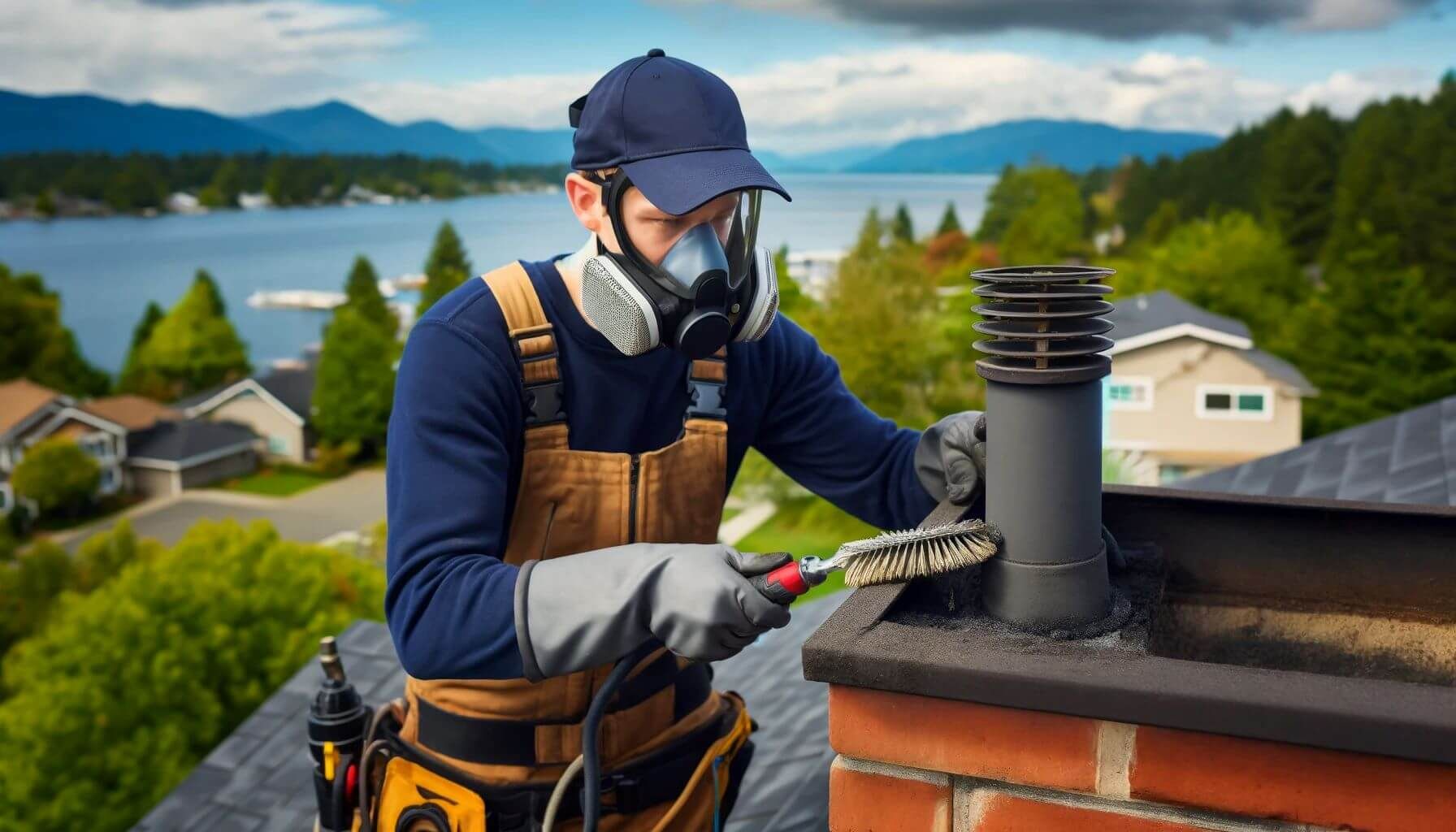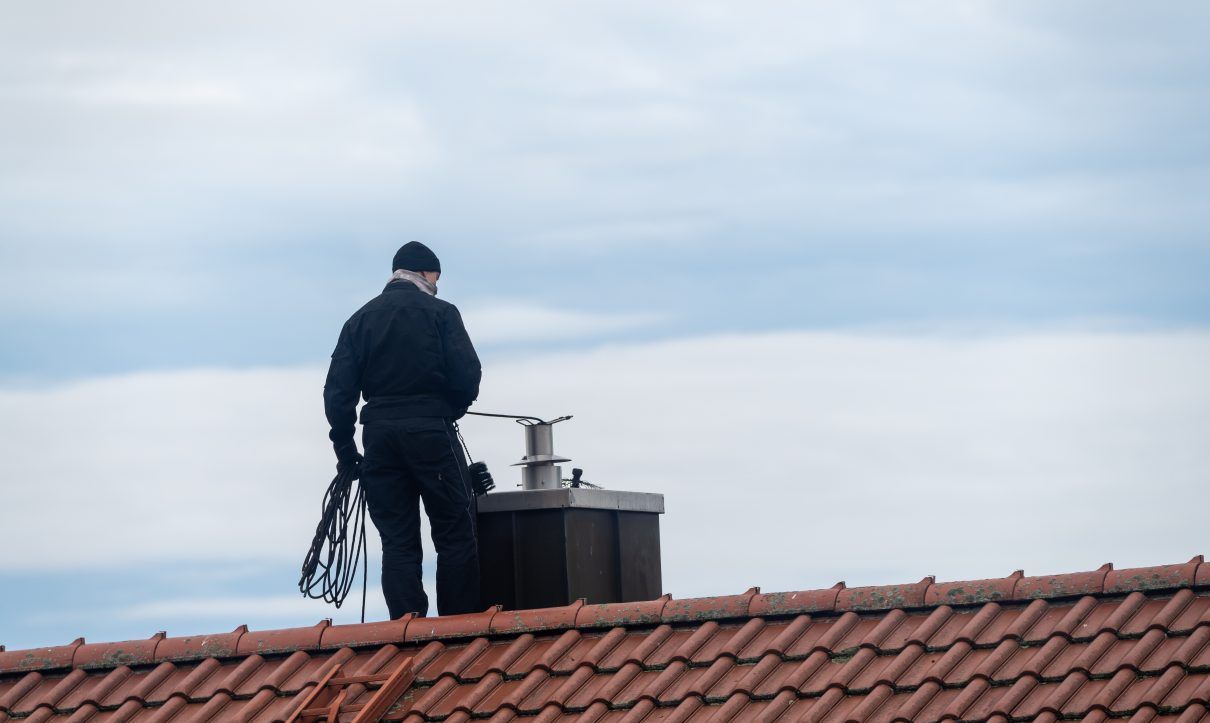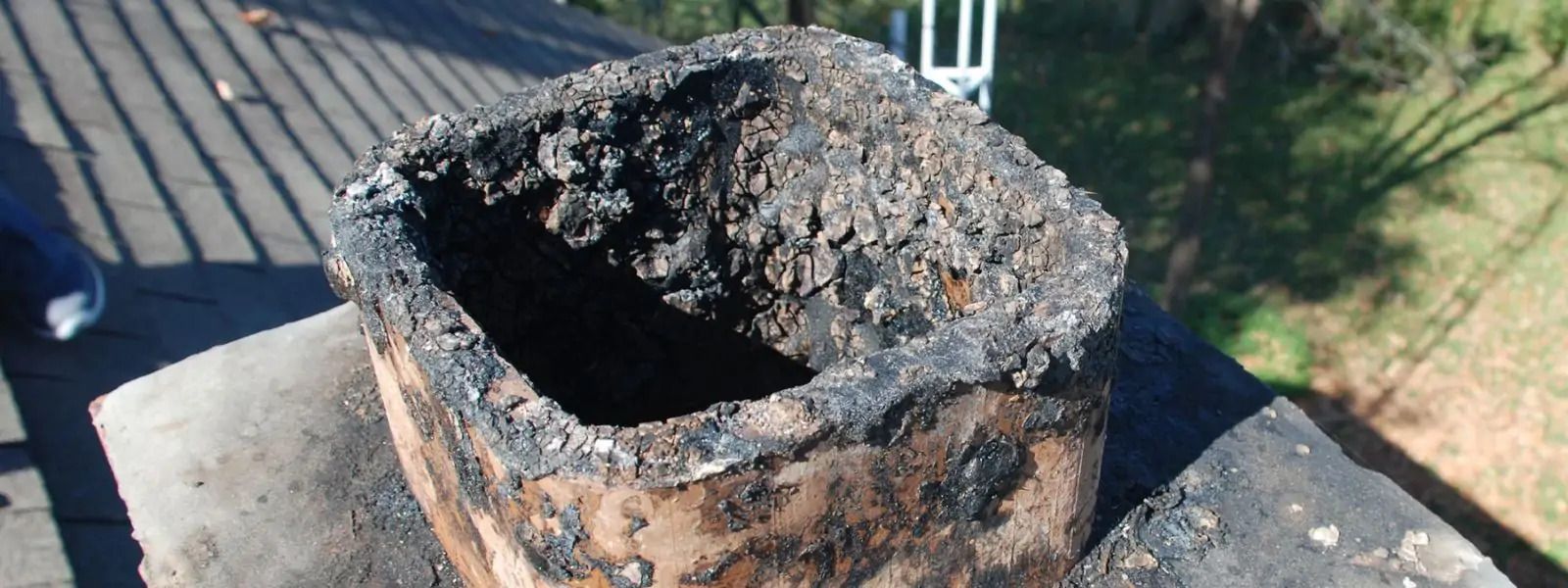Keeping Your Chimney Strong: Tips for Structural Preservation
Learn expert tips for keeping your chimney strong with long-term structural preservation. Discover inspections, moisture control, and chimney repair strategies to maintain chimney integrity.
Why Chimney Preservation Matters for Homeowners
Your chimney does more than vent smoke. It's a structural part of your home, standing tall through all seasons. When neglected, a chimney can become a hazard—collapsing bricks, hidden moisture, or unseen cracks could compromise safety. Keeping your chimney strong isn’t just about function—it’s about preserving the integrity and value of your entire home.
Whether you use your fireplace daily or only on chilly nights, your chimney endures wear over time. Let's explore how to protect it.
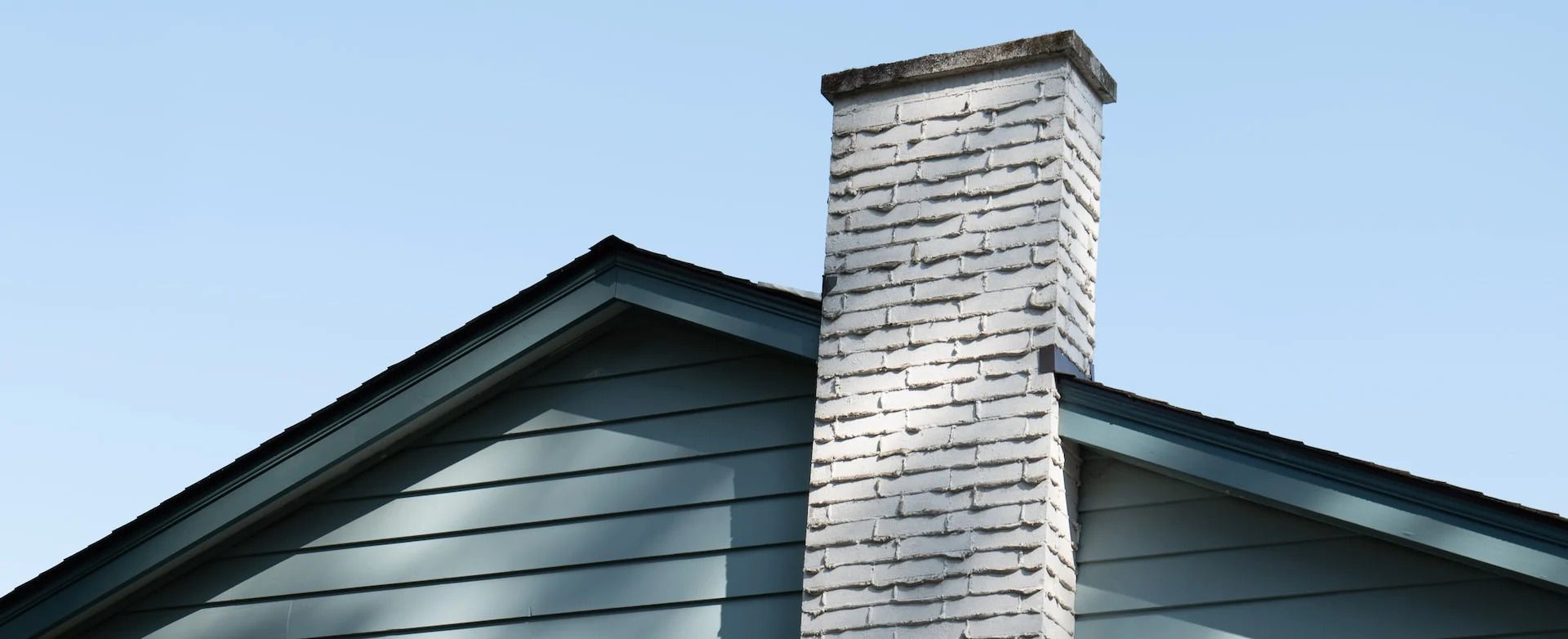
Keeping Your Chimney Strong: Tips for Structural Preservation
If you're a homeowner, your chimney may not always be top of mind—until something goes wrong. But taking proactive steps to preserve it can save you thousands in repairs and offer peace of mind. Structural preservation combines inspection, repair, and moisture protection.
You’ll find out exactly how to protect your chimney using expert tips, clear signs of damage, and DIY strategies that work.
The Basic Anatomy of a Chimney
Understanding how your chimney is built gives you a big advantage when maintaining it. Most chimneys consist of:
- Masonry walls: Usually brick or stone
- Flue liner: Routes smoke out and protects interior walls
- Crown: A concrete slab that prevents water from entering
- Cap: A metal hood that keeps rain and critters out
- Smoke chamber: Helps funnel smoke to the flue
Each part must be in good condition for the chimney to work safely and efficiently.
Common Materials Used in Chimney Construction
Brick, stone, and mortar are the most common materials. Over time, even these durable substances degrade—especially when exposed to the elements. Knowing what your chimney is made of helps you choose the right care method.
Cement crowns may crack, metal flashing can rust, and mortar can crumble. Every material needs specialized attention.
How to Spot Chimney Damage Before It's Too Late
Early damage detection is key. Catching problems early can prevent major repairs. Keep an eye out for:
- Spalling bricks (flaking or crumbling)
- Cracks in the masonry
- White staining (efflorescence)
- Rust on the firebox or damper
- Leaning or tilting chimney stack
These signs suggest structural compromise or moisture intrusion.
Cracks, Leaning, and Staining: What They Mean
A leaning chimney might indicate a failing foundation. Cracks may be caused by freeze-thaw cycles or settling. White staining means water is seeping through masonry, leaching out salts. Every sign tells a story—one you should never ignore.
How Winter Weather Weakens Chimneys
Snow and freezing rain are tough on chimneys. When water enters small cracks and freezes, it expands, forcing those cracks wider. Over time, this "freeze-thaw" effect can split bricks or mortar. Ice dams on the roof can also funnel more water toward the chimney.
Summer Heat and Chimney Deterioration
Intense sunlight can dry out mortar and lead to cracking. Shifting soil during hot months may also affect your chimney’s foundation. And the heat cycle causes expansion and contraction that stresses the materials.
Importance of Annual Chimney Checkups
A yearly inspection is a must. Even if you barely use your fireplace, a trained chimney expert can spot minor problems before they snowball. Inspections typically include:
- Checking the flue liner
- Assessing brick and mortar integrity
- Examining the crown and cap
- Looking for moisture signs
Schedule your checkups with a reliable Chimney Service.
What Professionals Look For During an Inspection
Pros check for structural movement, creosote buildup, flashing integrity, and flue condition. They may use cameras to look inside the chimney. A solid inspection helps build a long-term preservation plan.
Why Water Is a Chimney's Worst Enemy
Water is the silent destroyer of chimneys. It seeps into cracks, rusts metal parts, and freezes in winter. Persistent moisture can even lead to mold in nearby walls.
Sealing and Waterproofing for Long-Term Protection
Chimney waterproofing products help keep water out without sealing moisture inside. A breathable sealant lets trapped water escape while preventing new water from entering. Chimney crowns and flashing should also be sealed properly.
Repointing: The Key to Chimney Longevity
Repointing replaces damaged or missing mortar. Old or cracked mortar joints can allow water in, weakening the entire structure. Repointing isn’t just cosmetic—it’s structural preservation.
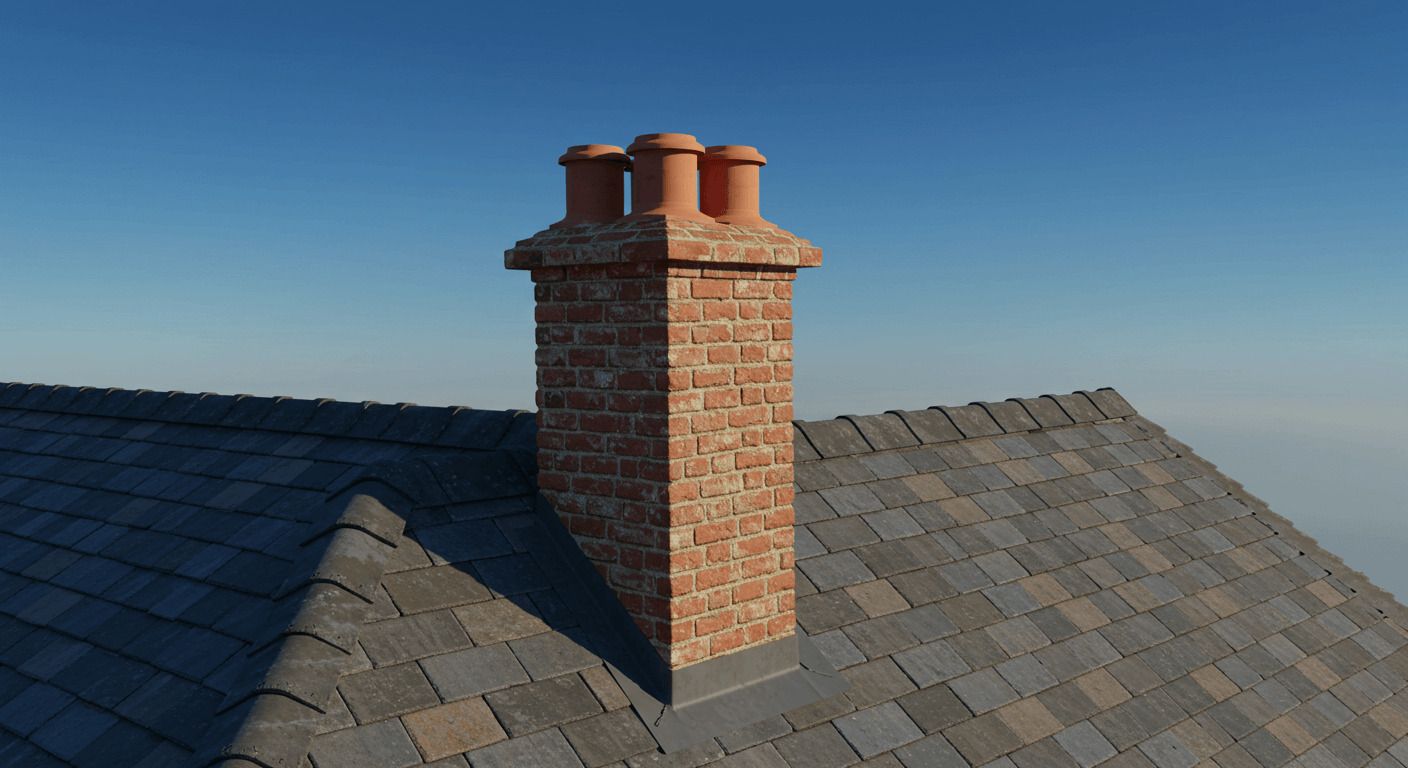
How to Identify Failing Mortar Joints
If you see gaps, loose bricks, or crumbling mortar, it’s time to repoint. Gently run a screwdriver along the mortar lines. If it flakes or falls out easily, repairs are due.
What Does a Chimney Cap Actually Do?
It prevents rain, snow, and pests from getting in. It also blocks downdrafts. A missing or damaged cap means more moisture—and more problems. A small part with a big role.
How a Damaged Crown Threatens the Structure
The crown sheds water away from the flue. Cracks in the crown allow water to seep inside, which then flows down, affecting the brickwork and flue. Repair cracks early or replace the crown if needed.
Why Flue Liners Matter More Than You Think
The flue liner protects your house from fire and helps smoke exit safely. Clay tile liners may crack over time, while metal liners can corrode. Both need periodic checks.
Signs Your Flue Liner Needs Attention
Look for:
- Flaking bits of tile in the firebox
- Strong, smoky odors
- Smoke entering the room
- Poor draft
These signs point to liner damage—something professionals should address.
Why Hiring Experts for Chimney Work Pays Off
DIY can only go so far. Complex issues like flue repair, crown rebuilding, and flashing require professional skills and tools. Hiring an expert saves you time, ensures safety, and protects your investment.
Get in touch with a trusted team via the Contact page.
What to Expect from a Chimney Service
Expect a detailed inspection report, expert advice, and repair recommendations. A good service will explain what they find, what they plan to do, and how it protects your chimney.
When Repair Isn’t Enough: Rebuilding Tips
Some chimneys are too far gone. A partial or full rebuild may be necessary. This involves removing old bricks, pouring a new crown, and installing a new liner.
Make sure your mason has experience in structural rebuilds and can match your home’s aesthetic.
Historic Chimneys and Specialized Preservation
Older chimneys require extra care. Using modern materials on historic structures can cause damage. Preservation experts use lime-based mortars and matching bricks to maintain authenticity.
Simple Ways Homeowners Can Help Preserve Chimney Structure
- Install a cap and keep it in good shape
- Clear debris from the roof and chimney top
- Check flashing after storms
- Use a fireplace responsibly—avoid burning wet wood
- Keep an eye on visible mortar joints
These small steps make a big difference over time.
Frequently Asked Questions About Chimney Preservation
How often should I inspect my chimney?
Once a year, even if you don’t use your fireplace often. Weather alone can cause damage.
What’s the biggest threat to my chimney?
Moisture. It causes mortar erosion, rust, and cracks that weaken the structure.
Can I waterproof my chimney myself?
Some DIY sealants exist, but improper application can trap moisture. It’s best left to professionals.
Is chimney damage covered by home insurance?
Sometimes, but not always. Damage from neglect usually isn’t covered. Check your policy details.
What is repointing and why is it important?
Repointing fixes damaged mortar joints, preventing water entry and preserving chimney strength.
Should I remove my chimney if I don’t use it?
Not necessarily. A well-maintained chimney adds value and charm. Sealing the flue is an option.
Final Thoughts on Keeping Your Chimney Strong
Keeping your chimney strong takes consistency, observation, and occasional help from the pros. From waterproofing to regular inspections and mortar repairs, each step plays a role in protecting your home.
Whether your chimney is old or newly built, the key to longevity lies in early action and expert care. Don’t wait for visible damage—preserve it now, and it will serve you for decades.
Links
